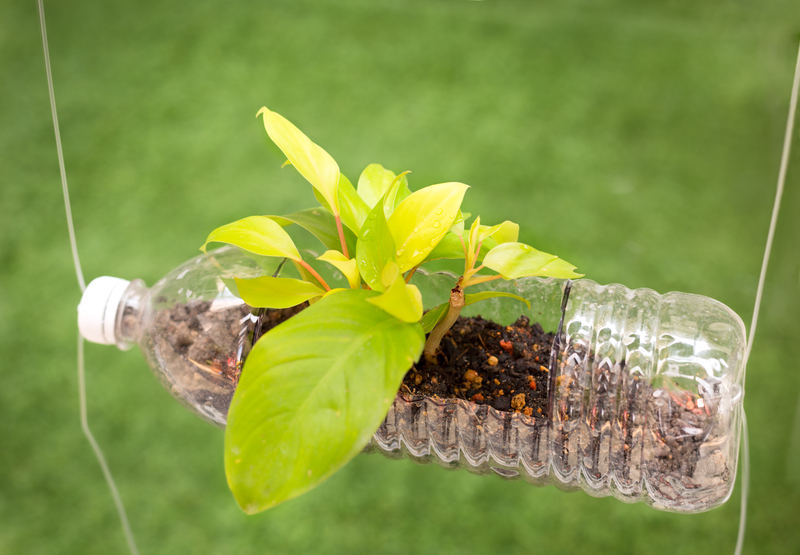Is it Possible to End Microplastic Pollution For Good?
In recent years, the alarming effects of microplastic pollution have captured global attention. With millions of metric tons of plastic entering our oceans and ecosystems annually, the environmental and health impacts of this pollution have sparked an urgent call to action. But is it truly feasible to eliminate microplastic pollution for good? This comprehensive article delves into the challenges and potential solutions, providing insight into this pressing issue.
Understanding Microplastics: What Are They?
Microplastics are tiny plastic particles, usually less than 5 millimeters in size. They come from a variety of sources, including the breakdown of larger plastic debris, microbeads used in cosmetics, and synthetic fibers released from clothing during washing. These minuscule pieces are pervasive in our environment, found in waterways, soil, and even the air we breathe.
The Impact of Microplastic Pollution
Microplastic pollution has far-reaching consequences. Not only do these particles cause harm to marine life, but they also infiltrate our food chain. Fish and other sea creatures mistakenly ingest these plastics, which can lead to toxic accumulation in their tissues. When humans consume seafood, they unknowingly ingest microplastics as well, leading to potential health risks.

Can We Combat Microplastic Pollution Effectively?
The question of whether we can end microplastic pollution is complex. However, with concerted global efforts and innovative solutions, it is possible to significantly reduce their presence.
Innovative Technology as the Key
Technological advancements are paving the way for new methods of tackling microplastic pollution. For example, researchers are developing filtration systems that can capture microplastics from wastewater before they reach oceans. Furthermore, biodegradable plastics are being designed to replace traditional plastics, minimizing future pollution.
Legislative Action
Governments worldwide are increasingly recognizing the need for legislative measures to address microplastic pollution. Bans on single-use plastics and restrictions on plastic microbeads in cosmetics are steps in the right direction. These regulations, combined with increased funding for research and development, can accelerate progress towards a solution.
The Role of Public Awareness and Education
Educating the public about the repercussions of microplastic pollution is vital. Increased awareness can drive behavior change, encouraging individuals to reduce their plastic footprint. Simple actions such as opting for reusable products and supporting companies that prioritize sustainable practices can collectively make a significant impact.
How Consumers Can Make a Difference
- Reduce, Reuse, Recycle: Prioritize minimizing plastic use and disposing of waste responsibly.
- Support Eco-friendly Brands: Choose products from companies committed to reducing plastic packaging and pollution.
- Participate in Clean-up Efforts: Join or organize community efforts to clean local beaches and waterways.

Collaboration Across Sectors
Ending microplastic pollution will require collaboration between multiple sectors, including governments, businesses, and non-governmental organizations. By working together, these entities can leverage their resources and expertise, creating holistic strategies to tackle the issue from production to waste management.
Research and Development
Research plays a crucial role in identifying and implementing effective solutions. Funding for innovative technologies, understanding microplastic impacts, and alternative material development are essential to combat their proliferation. Collaboration between academic institutions and industries can drive breakthroughs in eliminating microplastics from the environment.
Conclusion: The Path Forward
While completely eradicating microplastic pollution may not be achievable in the near future, significant reductions are possible through combined efforts. By emphasizing innovation, policy changes, and public engagement, we can move toward a cleaner, less polluted world. Solutions require ambition, commitment, and a shared vision to protect our planet for future generations.
Ultimately, the fight against microplastic pollution demands urgency and unity. As stakeholders continue to push for change and develop sustainable solutions, the prospect of ending microplastic pollution for good becomes more attainable. Together, we can turn the tide on this environmental threat.